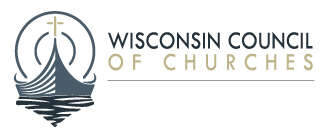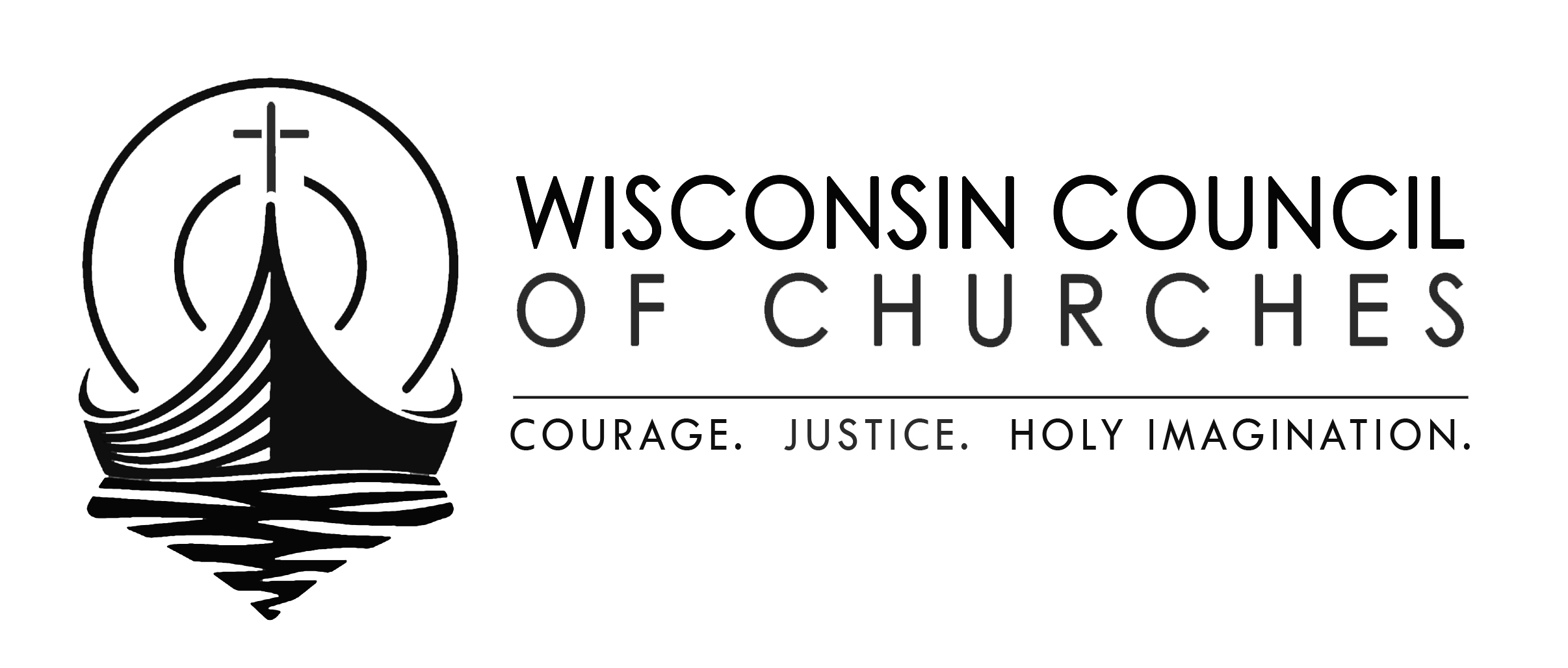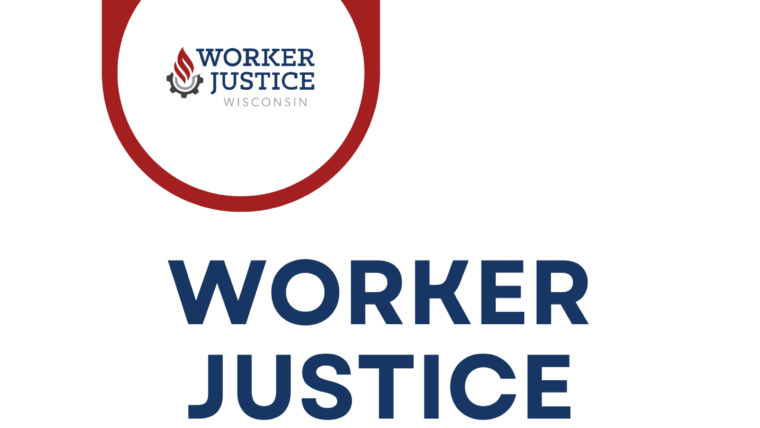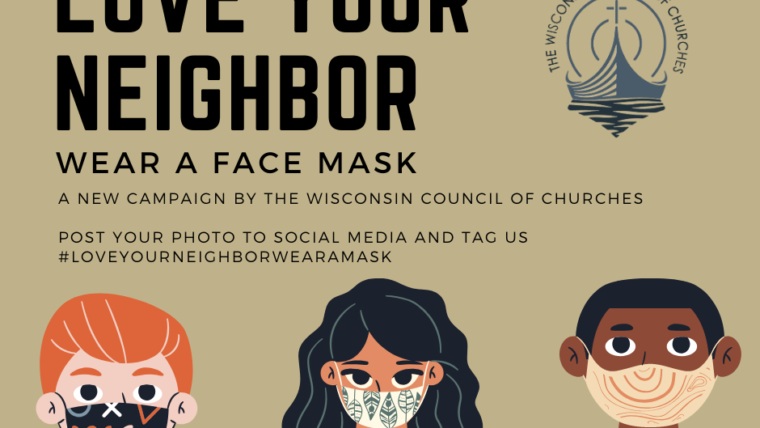WITH PATIENT ENDURANCE
Simplified Guidelines for Faithful Care
Download as a PDF in English or Spanish
Introduction: Living Into The New Normal
Three years into the COVID era, residents of Wisconsin are presented with an ambiguous situation. For the most part, the pandemic has settled just below the threshold of public awareness, yet it is a persistent and continuing reality.
At the same time, state and federal governments are winding down the public health state of emergency. Pandemic supports and tracking information will soon be reduced or go away altogether. In light of the present situation, it is appropriate to update the risk mitigation guidelines laid out in Returning to Church 4.0.
We offer the following guidance based on two principles:
- First, we are indeed in a new and permanent reality. COVID is still with us. It continues to a particular risk to the elderly, those with weakened immune systems, and other vulnerable populations.
- Second, the church of Jesus Christ the Great Healer has an obligation to do what it can to protect the vulnerable, both inside the body of believers and in the broader community.
This practice can seem like an exercise in futility as sacred and secular institutions alike drop COVID mitigations. It can also seem unnecessary in a time when infection rates appear to be low. But vulnerable people remain vulnerable. And as Jesus instructs in the Parable of the Sower (Luke 8:14-15), the work of disciples is to remain faithful to their calling even when returns seem questionable. Trust, patience and endurance are necessary seeds for the fruit of health for all.
Updated Guidelines
We encourage church leaders to continue to monitor levels of concern with our updated COVID Risk Table. CDC data on COVID continues to guide our advice. However, because this information may become less available in the future, it may be wise to track the respiratory illness season in general.
In other words, as flu, RSV and COVID infection rates rise and fall, implement precautions accordingly. Even if numbers reported by the CDC or local health departments are not yet high, consider adjusting practices in the fall and winter, when people tend to spend more time indoors.
The guidelines in Returning to Church 4.0 used five levels to communicate risk. In our updated, simplified guidelines, we feel that three levels are sufficient:
| Returning to Church 5.0 Risk Levels |
|
Our suggested mitigations for each level follow. Please note that the recommended mitigations for the “Less Cautious” level should be considered a baseline for adaptations to the ongoing reality of COVID and respiratory disease in our communities.
| Returning to Church 5.0 Recommended Mitigations for varying risk points |
Less Cautious
|
Cautious
|
Most Cautious
|
As in previous guidelines, we commend the concept of layered mitigations and risk budgeting. The more practices put into place, the safer the situation. If adaptations cannot be maintained, try another strategy to offset risk. For example, if worship attendees are reluctant to mask, agree to open a door to improve air flow, or recommend sitting in separate family groups to provide social distancing. Leaders and prominent members wearing masks can set the tone, even if masking is optional, making it more of a norm than an “extra.”
You will notice that these guidelines do not include specific recommendations about singing in worship or eating together. Instead, we encourage you to consider a simple calculation. The more unmasked individuals and the longer or closer those individuals are gathered, the higher the risk. Plan accordingly, and try to find ways to lower the risk.
Caring for the Most Vulnerable
There are some who feel that the world has left them behind, or that their lives have been devalued by the pandemic response. This includes immunocompromised people and caregivers for particularly vulnerable individuals.
Others who have been infected with COVID experience long-term effects from their illness. These effects, often known as “long COVID,” may continue for years. Long COVID is not well-understood, and treatments are still being developed.
Faith communities should consider carefully how they can be in ministry with all God’s beloved, given these experiences. Particular attention should be given to building alternative paths to participation in the life of the community. This might include remote gathering options, mask-only small groups or events, or specialized pastoral care and support. Your choice as an entire congregation to adopt higher levels of mitigations may make in-person gatherings more possible for more members of the community.
We invite you to be aware of and in conversation with people who may have disappeared from your gatherings and ask if there are ways to help them feel more deeply loved and cared for by the Church.
Future Updates
The WCC Community Health Program will continue its work on COVID safety into 2024. We monitor conditions and are in regular communications with public health experts. Should the situation change significantly, we will adjust our recommendations accordingly. Until then, we commend you to the steadfast love of God, that your work may continue, that all may go well with you and that you and all those around you remain in good health (3 John 1:2).
| This document was developed by Wisconsin Council of Churches staff with input from religious leaders, local church pastors, public health experts and emergency management officials. We are particularly grateful for the insights of Dr. Geof Swain, MD, MPH, Emeritus Professor UW School of Medicine and Public Health, founding director of the WI Center for Health Equity and Past President of the WI Public Health Association; and Dr. Malia Jones, PhD, MPH, co-founder and editor-in-chief of Dear Pandemic and Associate Scientist in Health Geography at the UW-Madison Applied Population Laboratory. This is not a formal policy statement of the Council. We are neither attorneys nor physicians. This document is based on the most recent science available to us as of the date of publication. We recommend that you consult your ecclesiastical authorities for final guidance. |



